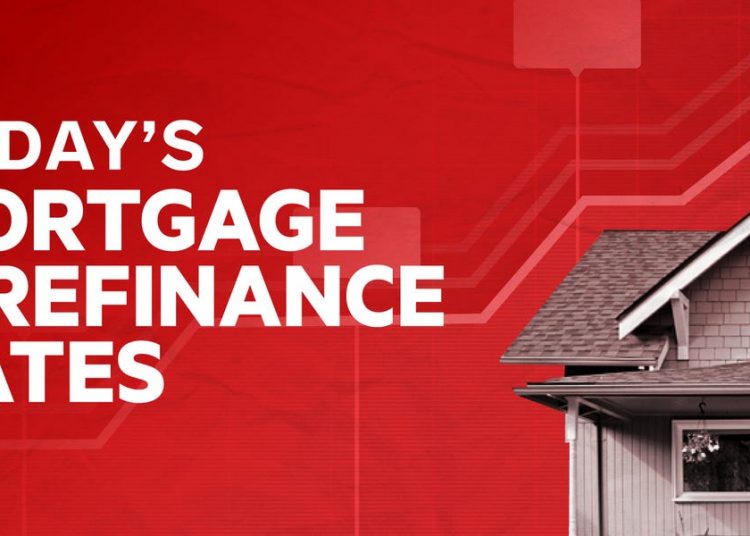Today’s mortgage and refinance rates are low overall, although fixed rates are significantly lower than adjustable rates. It could be a good day to lock in a historically low rate.
Mortgage rates shouldn’t drastically increase until employment and inflation in the US start to steadily improve. Marvin Loh, Senior Global Macro Strategist at State Street, told Insider that rates could stay low until this fall.
So if you aren’t ready to buy or refinance yet, you have a little more time to take advantage of low interest rates.
How mortgage rates work
A mortgage interest rate is the fee a lender charges for borrowing money, expressed as a percentage. For example, you get a mortgage for $300,000 with an interest rate of 2.5%.
Mortgage rates can be either fixed or adjustable. A fixed-rate mortgage keeps your rate the same for the entire length of your loan. An adjustable-rate mortgage locks in your rate for the first few years or so, then changes it periodically. With a 7/1 ARM, your rate would stay steady for the first seven years, then shift annually.
The longer your mortgage term, the higher your rate will be. For instance, you’ll pay more on a 30-year mortgage than a 15-year mortgage. Longer terms do come with lower monthly payments, though, because you’re spreading out the repayment process.



























































